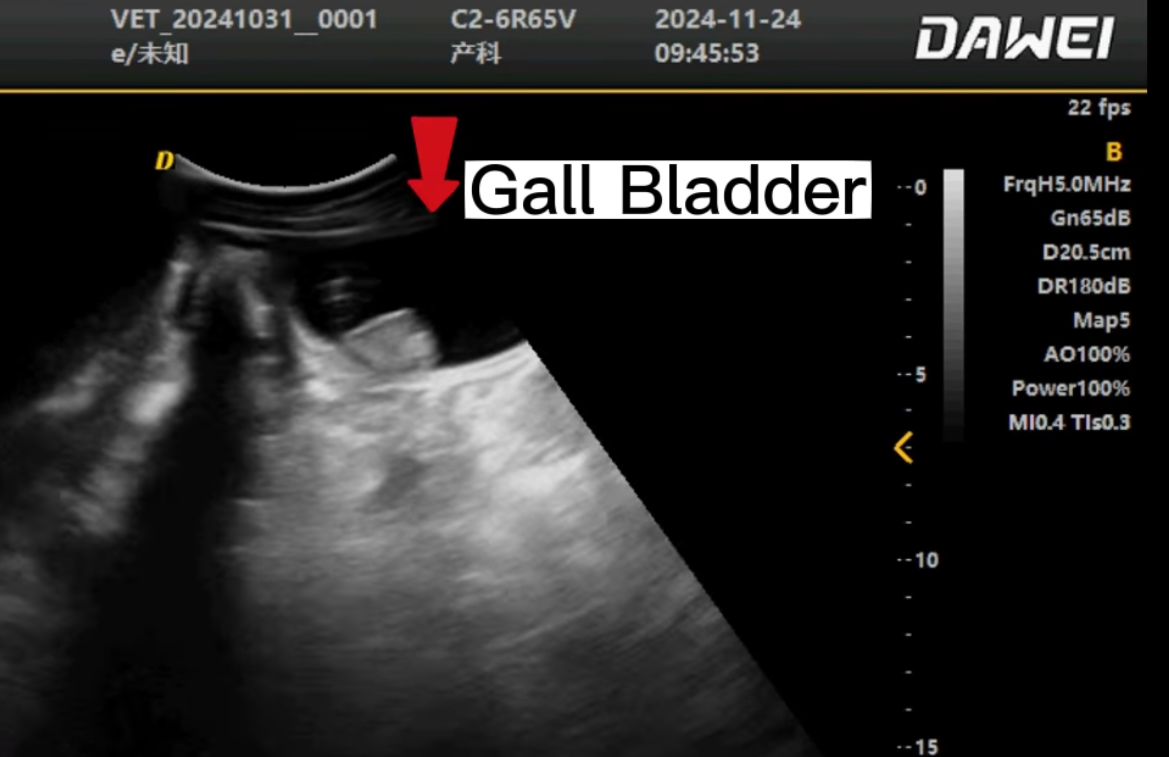Veterinary ultrasound machines play an important role in the detection of oxalis (i.e., gallstones in cattle), especially in terms of farm management and economic efficiency improvement. Bovine yolk has a high economic value in the traditional Chinese medicine and nutraceutical industries, so the use of ultrasound machines for the detection of bovine yolk has the following roles for farmers:
1. Cattle ultrasonic machine testing of oxalis for the discovery of economic value
-Identification of high-value individuals: niu huang is a precious Chinese herbal medicine with high market value. Through ultrasound machine testing, farmers can identify cattle that may have gallstones forming in their bodies. These cows can be subject to special management, separate feeding and key protection to wait for the formation and collection of the stones, thus obtaining higher economic returns.
-Increase additional income: Traditional farming mainly focuses on the production of beef or milk. Through the detection of bovine yolk, farmers can add an additional source of income by selling bovine yolk as a commodity to improve the overall farming efficiency.
2. Ultrasonic detection of cow yolk for herd health management
-Early detection of health problems: Bovine yolk formation is usually associated with the health of the cow’s biliary system, and through ultrasound machines, farmers can detect potential problems with the cow’s biliary tract or liver at an early stage. Early intervention can reduce the impact of disease on cattle health and improve overall cattle performance.
-Prevention and treatment: If gallstones are detected, farmers can take appropriate measures at an early stage, such as adjusting feed formulas, increasing water intake or intervening with medication, to prevent the stones from further enlarging or causing other health problems.
3. Ultrasound measurement of cow yolk helps farmers to make decisions
-Optimize feeding strategy: For cattle with detectable yolk, farmers can decide whether to continue feeding for larger stones or opt for early sale or slaughter, depending on their health status and the size of the stones. Such decisions help optimize feeding management and maximize economic benefits.
-Stock management: If specific breeds or individuals are found to be more susceptible to gallstone formation, farmers can adjust their stock management accordingly, choosing whether to continue breeding these stone-prone individuals to avoid genetic health problems or to optimize beef yolk production.
4.Marketing
-High-value product positioning: Bovine rhubarb detected through ultrasound can be sold as raw material for high-value Chinese herbal medicines or health care products, and farmers can find more suitable markets and customers and obtain higher sales prices through precise marketing.
-Quality assurance: Through ultrasonic detection, farmers can guarantee the quality and size of the oxalis sold, thus enhancing market competitiveness and customer trust.
5. Scientific research and data accumulation
-Accumulation of data for research: Through the continuous use of ultrasound machines for testing, farmers can accumulate data on the conditions and processes of oxalis formation. This data can not only help optimize farm management, but also provide valuable information for scientific research.
-Technology promotion: After mastering the ultrasound detection technology, farmers can share their experience with other farmers or scientific research institutes to promote the technological progress of the whole industry.
The use of ultrasound machines to detect bovine yolk offers farmers a value-added opportunity to increase their profitability by identifying and managing gallstones in cattle. At the same time, through health monitoring and data accumulation, farmers can also optimize feeding management and improve overall economic efficiency. This application of technology not only benefits individual farmers, but also helps to advance the industry as a whole.
Post time: Feb-13-2025




